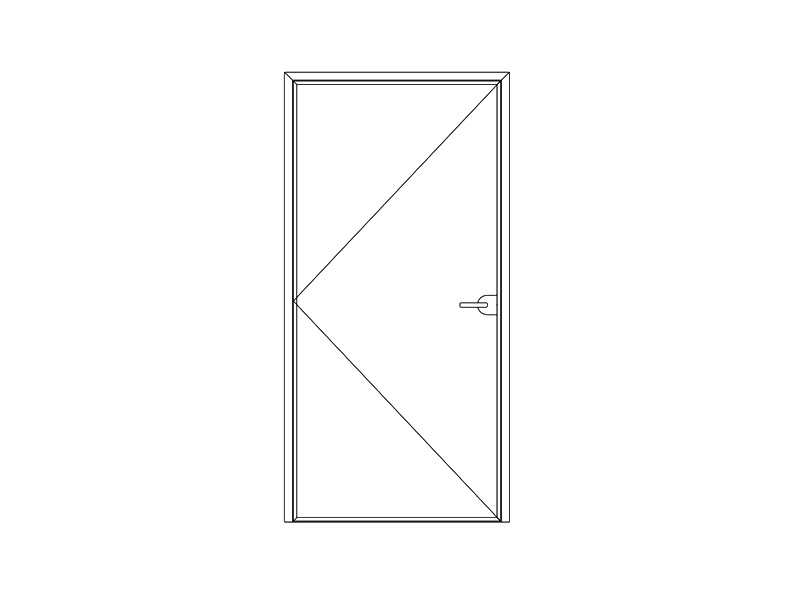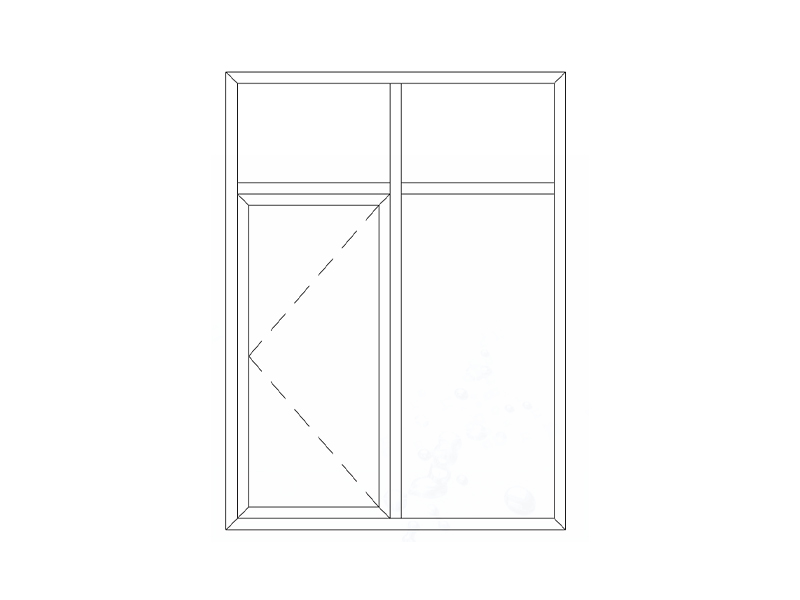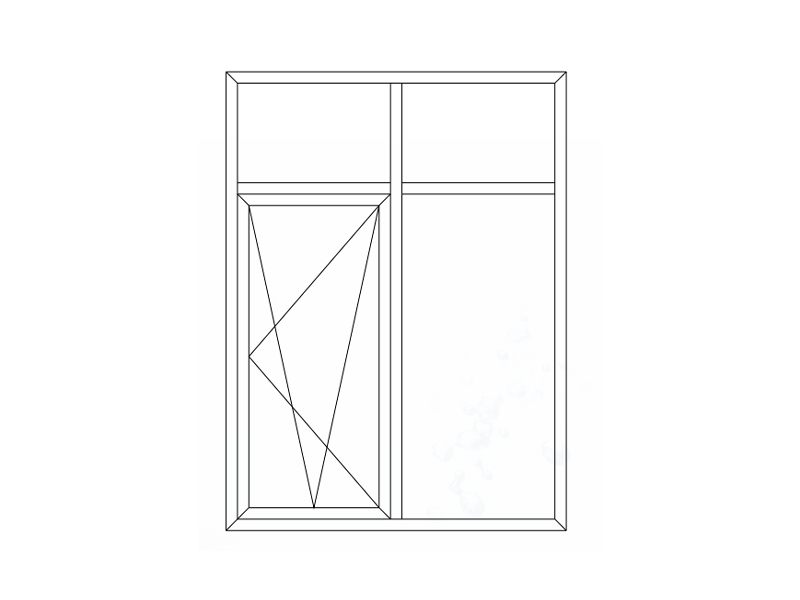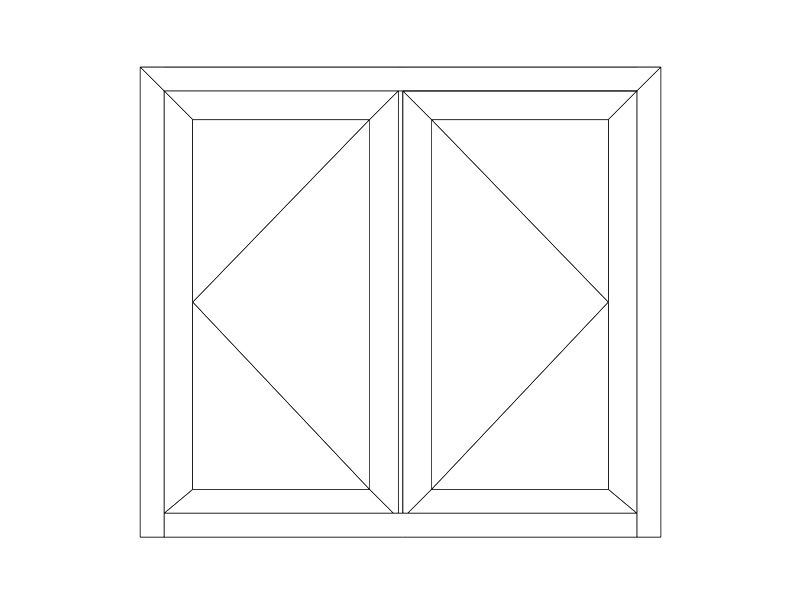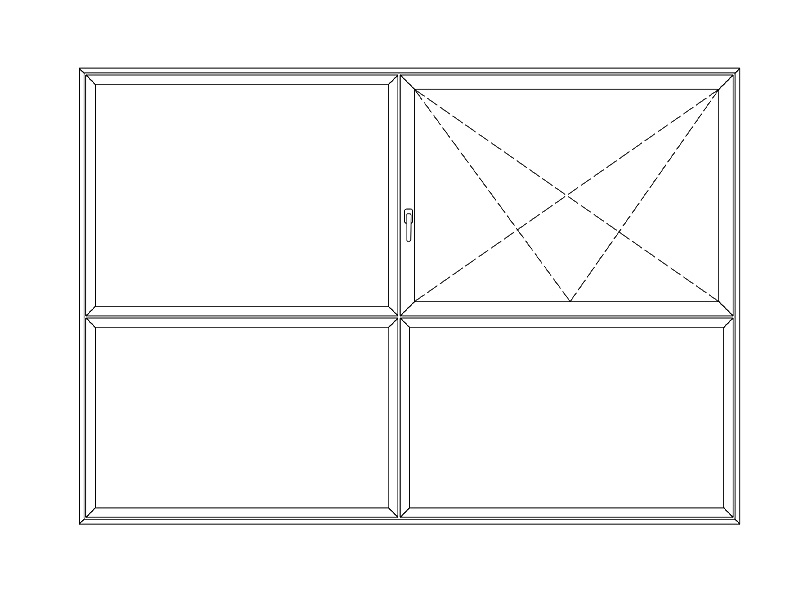T-slot fasteners are crucial for assembling and modifying structures made from T-slot aluminum extrusions, which are widely used in industrial frameworks, machine bases, and various DIY projects. They enable flexible and modular construction.
Here's a breakdown of the main types of T-slot fasteners:
I. T-Nuts (Tee Nuts)
T-nuts are arguably the most common type of T-slot fastener. They are specifically designed to slide into the T-slot channel, creating a threaded anchor point for bolts and screws. The primary variations of T-nuts are distinguished by their insertion method:
Slide-in T-Nuts (Standard T-Nuts):
Insertion: These T-nuts are designed to be inserted from the end of the T-slot profile.
Strength: They generally provide a very strong and robust connection due to their full engagement with the slot.
Variations: Often available in "economy," "double," or "triple" versions, offering different levels of surface contact and load capacity. Some feature small springs (coil or ball springs) to help them hold their position within the slot during assembly, preventing them from falling out.
Roll-in T-Nuts:
Insertion: A significant advantage of roll-in T-nuts is that they can be inserted anywhere along the length of the T-slot, without requiring access to the profile's end.
Mechanism: They typically have a spring-loaded ball or a leaf spring that compresses as the nut is rolled into the slot and then expands to hold it in place.
Benefits: Highly favored for their ease of repositioning and quick assembly, especially when making modifications to existing structures. Some versions might include a flex handle or a set screw to aid in their manipulation.
Drop-in T-Nuts:
Insertion: Similar to roll-in T-nuts, these can be dropped into the T-slot from the side at any point along the extrusion.
Mechanism: They are designed with a profile that allows them to "drop" in and then rotate or be rotated manually to lock into the T-slot when tightened.
Benefits: Extremely efficient for post-assembly modifications or additions when the ends of the extrusion are inaccessible. Many types also incorporate a leaf spring or ball spring for retention, preventing them from shifting before tightening.
Hammerhead (or Hammer) Nuts:
Design: These are a specialized type of T-nut characterized by a distinctive "hammer-shaped" head. This head fits into the T-slot, and when tightened, it pivots or "hammers" into a locked position.
Benefits: Known for their easy adjustment and quick installation, making them popular for rapid prototyping or applications requiring frequent changes.
Pronged T-Nuts (primarily for wood):
Note: While also called "T-nuts," these are generally not used with aluminum extrusions. They feature a threaded barrel and a flat base with sharp prongs that are driven into wood to create a secure, threaded anchoring point.
Brad Hole Tee Nuts:
Note: Again, primarily for wood applications. These are similar to pronged T-nuts but have pre-drilled holes in their flange for additional securing with small brad nails or screws, often for higher-stress woodworking or permanent installations.
II. T-Bolts
T-bolts are fasteners with a T-shaped head that fits directly into the T-slot channel. They are used to clamp components directly to the T-slot or to connect two T-slot profiles.
Standard T-Bolts:
Design: Feature a T-shaped head and a threaded shank.
Application: Primarily used for clamping panels, components, or fixtures directly onto the T-slot extrusion.
Availability: Come in various sizes and lengths to match different T-slot profiles (both metric and fractional systems).
Other Uses: Sometimes employed as grounding lugs in electrostatic discharge (ESD) applications.
Rhombus T-Slot Bolts:
Design: A specific design of T-bolt, sometimes allowing for easier vertical insertion into the T-slot before rotation and tightening.
III. Other Fastener Types (often used with T-nuts and T-bolts)
These components are essential parts of a T-slot system, even if they aren't T-slot fasteners themselves:
Screws (e.g., Socket Head Cap Screws - SHCS): These are the most common fasteners used in conjunction with T-nuts to create a secure, threaded connection.
Washers & Hex Nuts: Used with T-bolts for clamping applications and to ensure a secure, tightened connection.
Butt Fasteners: Consist of a bolt and a T-nut. They are specifically used for connecting one T-slot profile perpendicularly into the middle of another.
Anchor Fasteners: Typically composed of a socket head cap screw, a cam, and a T-nut. They provide a very strong and often internal (hidden) fastening method.
End Fasteners: Used to connect two aluminum profiles end-to-end, creating a continuous length or a strong linear joint.
Angle Brackets: These are not fasteners themselves but are critical connecting elements. They are used to connect T-slot profiles at a 90-degree angle (or other angles depending on the bracket design) and are typically secured using T-nuts and bolts.
The selection of the appropriate T-slot fastener depends on various factors of your application, including the required load-bearing capacity, the ease of installation, and whether the connection needs to be easily adjustable or more permanent.






